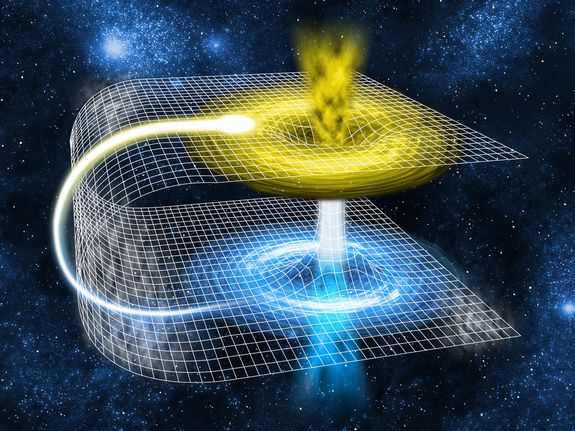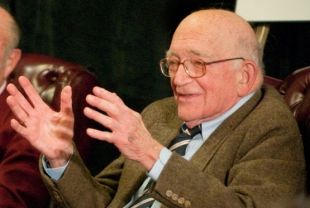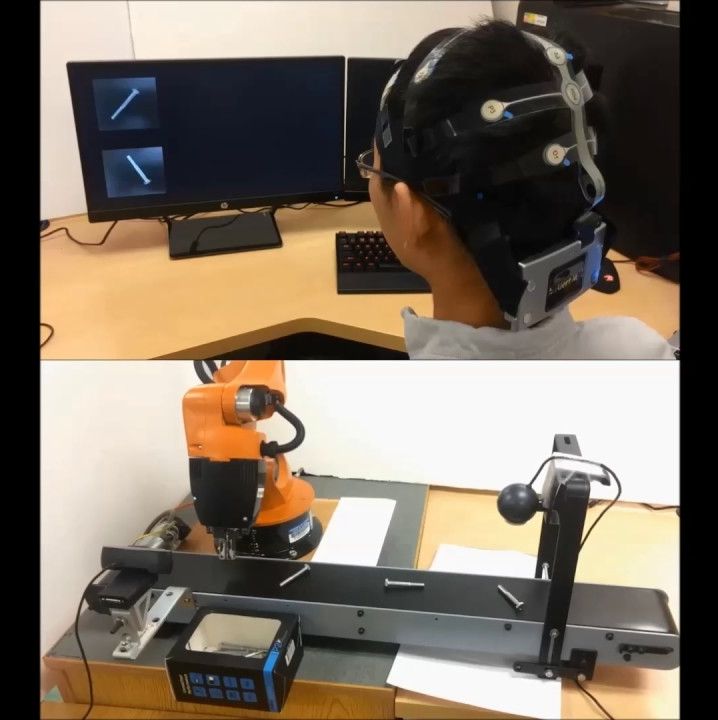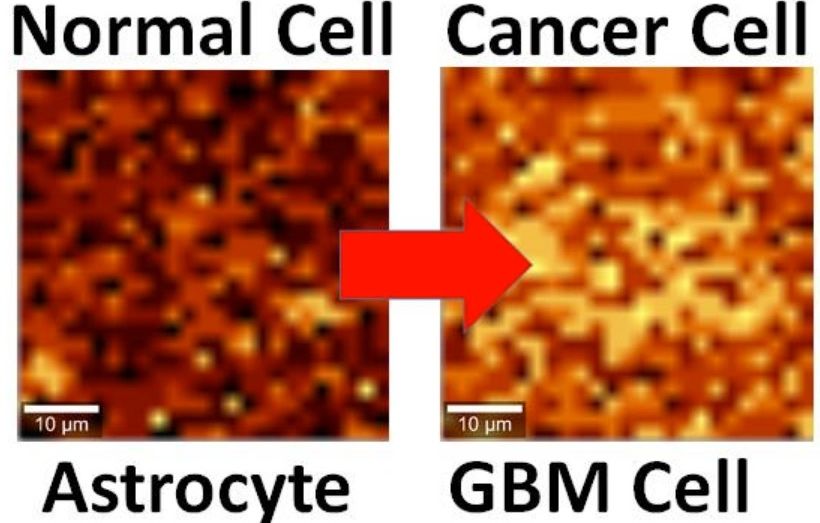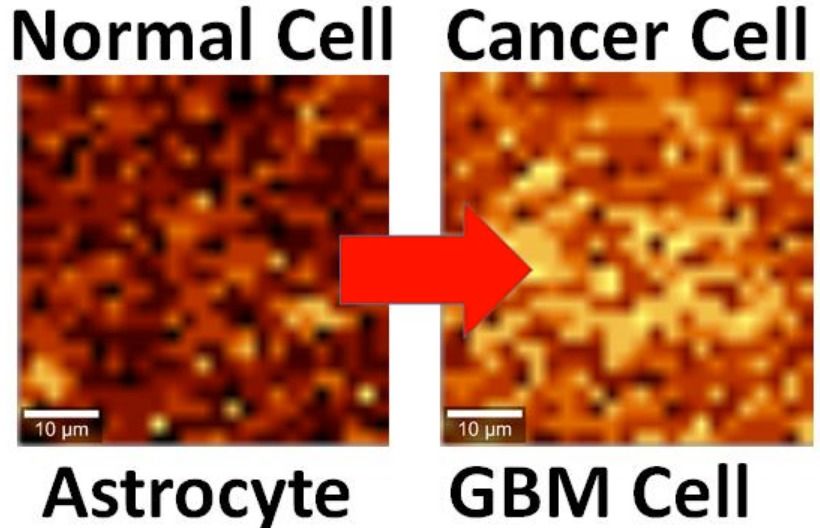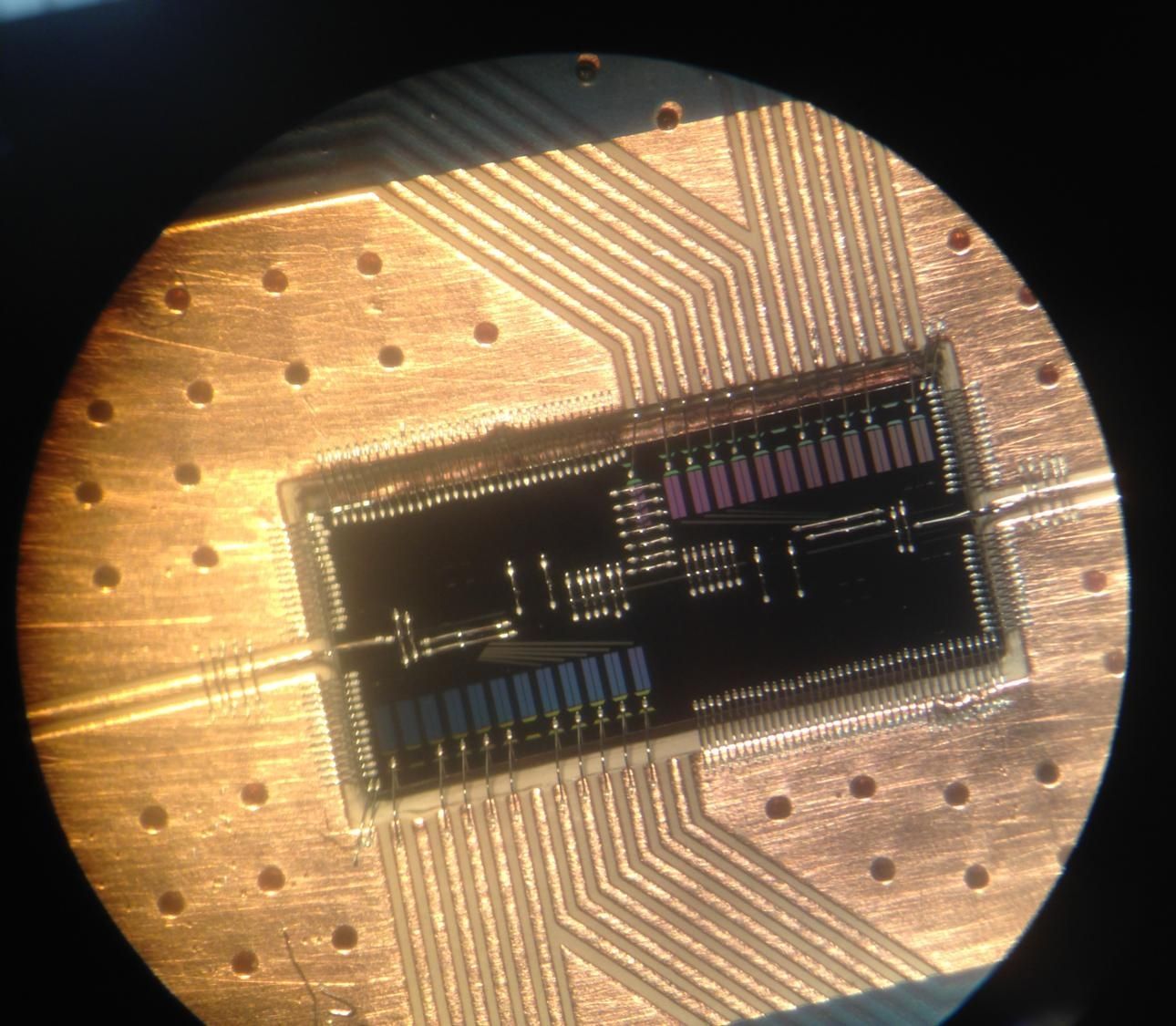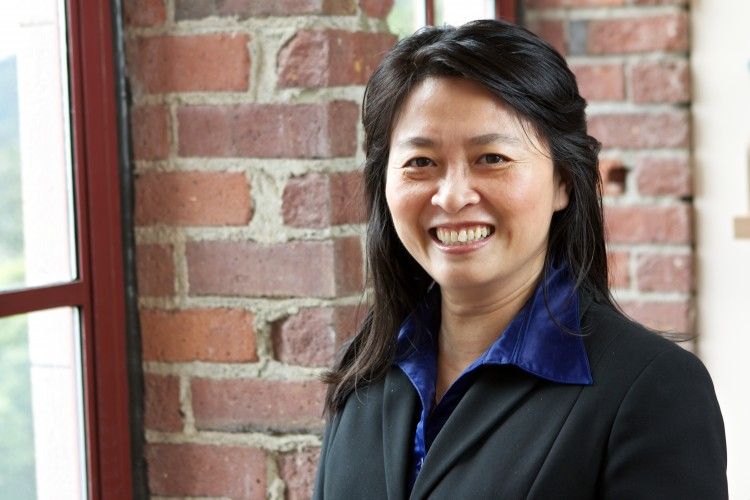Time travel is one of those concepts most often left for fantasy novels, movies, and long conversations about the what-ifs of life. But for many researchers, it’s been a plausible reality for decades.
If you thought that a kid’s room, a Norwegian Nobel Laureate and a laser pointer had nothing in common, two UA physicists are about to enlighten you.
It’s hard to believe, but after having unraveled many of the laws that make the universe tick, physicists still haven’t reached an agreement on whether something as seemingly simple as “hot” or “cold” can be measured in a system under certain circumstances.
“Imagine you threw an iceberg into the sun and right before it’s melted and gone, you wanted to know, ‘How hot is that iceberg at that moment?’ Would that be a meaningful question to ask?” says Charles Stafford, a professor in the Department of Physics in the UA’s College of Science. “According to traditional physics, it wouldn’t be.”
RIP dear friend.
A giant in the worlds of both academia and policy, Drell died Wednesday, Dec. 21, at his home in Palo Alto. He was 90 years old.
“An accomplished physicist, his contributions to improve national and international security made our world a better place,” said Tom Gilligan, director of the Hoover Institution at Stanford in a statement. “We are especially grateful for Sid’s relentless dedication to eliminating the threat posed by nuclear weapons and know that his important work will continue to frame the issue.”
Dedicated to arms control.
Let’s say closer to 7yrs or less.
Whether quantum computing is 10 years away — or is already here — it promises to make current encryption methods obsolete, so enterprises need to start laying the groundwork for new encryption methods.
A quantum computer uses qubits instead of bits. A bit can be a zero or a one, but a qubit can be both simultaneously, which is weird and hard to program but once folks get it working, it has the potential to be significantly more powerful than any of today’s computers.
And it will make many of today’s public key algorithms obsolete, said Kevin Curran, IEEE senior member and a professor at the University of Ulster, where he heads up the Ambient Intelligence Research Group.
Graphene has already proven its importance to brain implants as well as other Synbio technology.
By interfacing brain cells with graphene, University of Illinois at Chicago researchers have differentiated a single hyperactive Glioblastoma Multiforme cancerous astrocyte cell from a normal cell in the lab — pointing the way to developing a simple, noninvasive tool for early cancer diagnosis.
In the study, reported in the journal ACS Applied Materials & Interfaces, the researchers looked at lab-cultured human brain astrocyte cells taken from a mouse model. They compared normal astrocytes to their cancerous counterpart, highly malignant brain tumor glioblastoma multiforme.
In a step that brings silicon-based quantum computers closer to reality, researchers at Princeton University have built a device in which a single electron can pass its quantum information to a particle of light. The particle of light, or photon, can then act as a messenger to carry the information to other electrons, creating connections that form the circuits of a quantum computer.
The research, published in the journal Science and conducted at Princeton and HRL Laboratories in Malibu, California, represents a more than five-year effort to build a robust capability for an electron to talk to a photon, said Jason Petta, a Princeton professor of physics.
“Just like in human interactions, to have good communication a number of things need to work out—it helps to speak the same language and so forth,” Petta said. “We are able to bring the energy of the electronic state into resonance with the light particle, so that the two can talk to each other.”
Our report on Naturally Better Security dove deep into ways quantum effects can be leveraged to enhance real world cybersecurity. It was our most popular post in November 2016 and the feedback we received was taken as a signal that we should produce more on what CTOs should know about the quantum world. With this post we are kicking off a series of five pieces that will dive into quantum effects. This first post tackles some foundational background that puts the science into a historical context. The second one will discuss the current revolution in quantum computing. The third focuses on security concerns. The forth dives into quantum key distribution. The fifth hits on the “so-what” of the current revolution in terms of security.
So first, foundational background on quantum mechanics.
